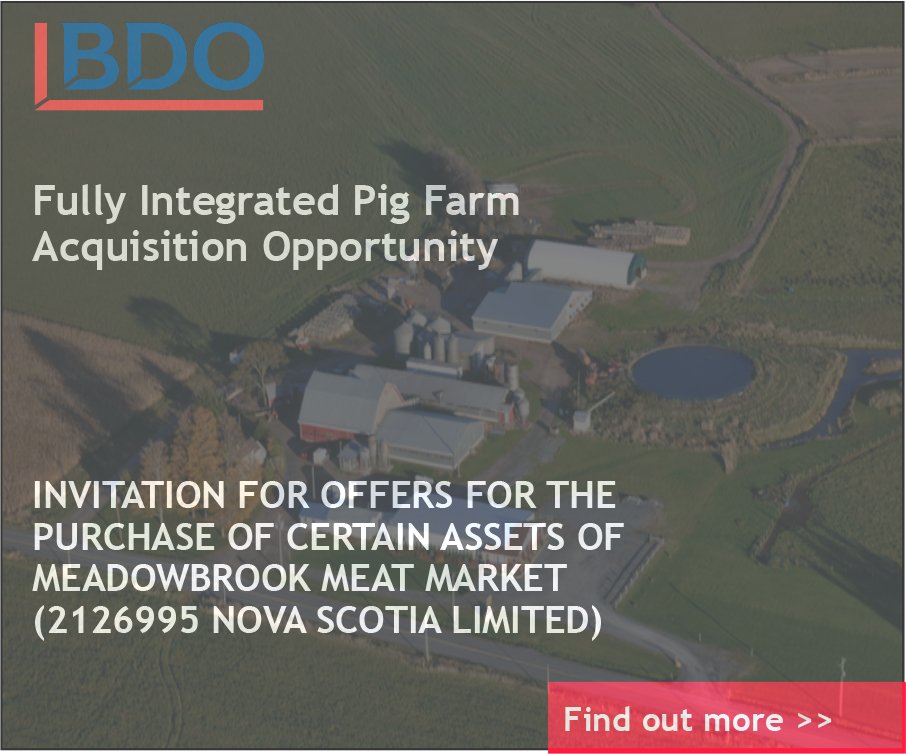Sharing the road in the summertime
/by David Newcombe
Summer is here, which means our roadways are busy! Throughout the summer and into the fall, there’s more slow-moving farm equipment on our roads than at other times of the year. That’s because farmers are planting, cultivating, and harvesting.
Just like other vehicles, farm equipment is allowed on the road. Farmers don’t enjoy slowing down traffic. We typically aren’t on the road for very long when moving from one field to the next, so we ask for patience as incidents can happen very quickly.
The most common incidents between farm equipment and motor vehicles are left-turn collisions, rear-end collisions, and passing collisions.
Left-turn collisions occur when a farm vehicle is about to make a left turn and a motorist behind the farm vehicle decides to pass.
Rear-end collisions happen when a motorist misjudges speed when approaching a slow-moving farm vehicle. Motorists only have a few seconds to react and slow down. When travelling 80 km/hr, it only takes 6.5 seconds to close a 100-metre distance with a tractor travelling 25 km/hr.
Passing collisions result when a motorist attempts to pass a farm vehicle and is unaware that the farm equipment is extra wide or long until they’re in the passing lane.
The number of motorists who would apparently rather risk their own lives – and potentially farmers’ lives – instead of just slowing down is shocking. They often pass when it’s unsafe, the lane isn’t clear, and the distance is underestimated. We all have the same goal of returning home safely at the end of the day. This isn’t the responsibility of one person or one group. This is a team effort.
Motorists can prevent incidents on the road by slowing down, keeping a safe distance when following farm machinery, only passing when it’s legal and safe to do so, anticipating farm equipment turning off the road, and, when in doubt, waiting before acting.
Motorists should stay at least 50 feet behind farm equipment and avoid the operator’s blind spots. Farm equipment is large, may take up more than one lane, and may be longer than expected.
Farm equipment typically doesn’t travel far on the road. Motorists should look for the farmer’s hand signals or turn signals. Turns are often wide due to the size of the equipment. Motorists should give the farm equipment operator room to make the turn.
Did you know that Farm Safety Nova Scotia offers an online awareness course on agricultural road safety? You can find it at farmsafetyns.ca/courses/agricultural-road-safety/. We also have a number of resources available associated with our “One Road” campaign, including social graphics, stickers, rack cards, and posters. All you have to do is ask!
Remember to be visible, be aware, be courteous, and, most importantly, be safe!
(David Newcombe is president of Farm Safety Nova Scotia.)









